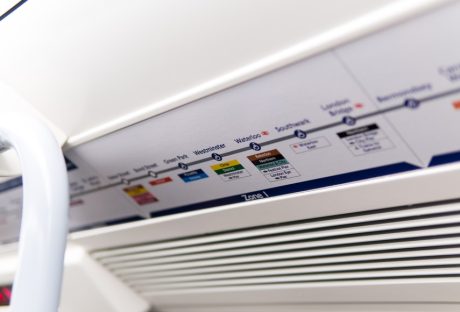Birds are some of the most amazing animals in nature. They’re beautiful to watch, and they can be fun to feed. Still, you may have never seen them up close because they’re so difficult to catch. Well, if you want to get a glimpse into the world of birds, then you’re going to want to invest in a bird feeder.
This column highlights the procedure by which you should set up your window bird feeder. But first, let’s take an in-depth look at some of the reasons why having a window bird feeder is great for your home.
Reasons for Having a Window Bird Feeder:
1. Observe Birds in Detail
The transparent nature of a window feeder allows you to see the details of visiting birds at close range, and you will be surprised how many different kinds of birds visit your backyard, patio, or room window.
2. Bird Feeders Make Great Gifts for Kids
Bird feeders are perfect for kids because they provide hours of entertainment. They also teach children about nature and responsibility: If your child wants to feed wild birds, they’ll learn how important it is to take care of them plus other animals in their environment.
It is also a great gift for people with limited outside space.
Setting Up Your Window Bird Feeder
Window bird feeders are a great and more affordable alternative to store-bought bird feeders that require assembly and hanging.
A window bird feeder like Ibby’s Products Outdoor Deluxe Clear Window Bird Feeder is great because it’s weatherproof and comes with superb suction cups making it quick and simple to install.
It also comes with a removable tray, allowing you to offer different types of seeds that can attract various kinds of birds, both large and small. Thanks to its expansive design, birds of different sizes and colors will come to your window.
All in all, they’re simple to set up, making them a fun weekend project.
Here’s how you do it.
Since a window bird feeder hangs in your window, it’s very easy and quick to install. Just place a hook on top of your window, place the feeder, and let it hang. You don’t have to worry about having a backyard or garden to enjoy watching wild birds up close.
The best place to set up your window bird feeder should be quiet and free from disturbances. Such positions are likely to attract more birdlife, unlike feeders placed in noisy places such as patios and garages.
Although birds can get used to noisy surroundings, most species opt for quieter areas. Other than that, birds refrain from going to unsafe areas.
Therefore, you should place your bird feeder in a quiet place with low human traffic. And remember to make sure your window bird feeder is protected from cats to enhance the safety of your feeding area.
Want to Set Up a Window Bird Feeder?
Whether you are a bird enthusiast or have young children who are really into birds, a window bird feeder is an excellent way to enjoy nature from the comfort of your home.
For this reason, you might be wondering how to set up bird feeders around your home. Hopefully, the guide above will provide you with a good place to start.
Read Also:
























